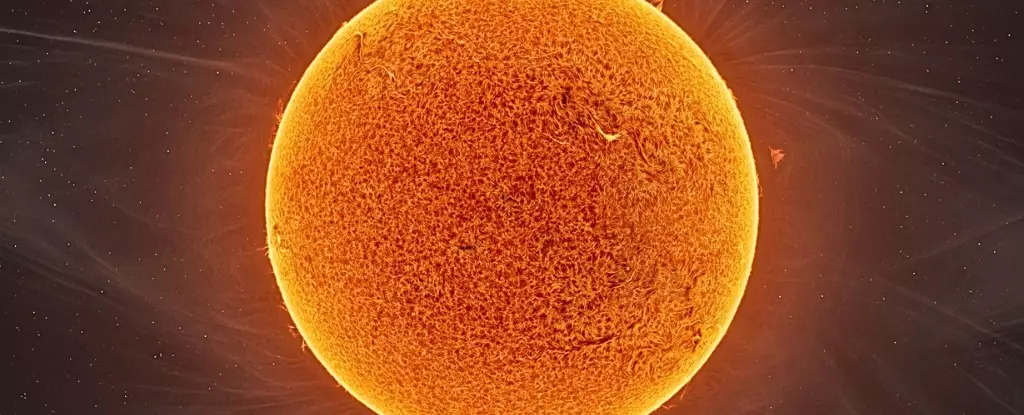The concept of starquakes—profound vibrations generated by the turbulent surfaces of stars—serves as an innovative lens through which we can unravel the mysteries of stellar evolution. Recent research published in *Nature* has taken a significant leap by analyzing these vibrations in the M67 star cluster, a remarkable grouping of stars located nearly 3,000 light-years away from Earth. Utilizing data from the Kepler space telescope’s K2 mission, astronomers have embarked on a journey to decode the symphony emanating from these celestial bodies, revealing crucial information about their inner workings, histories, and, by extension, the fabric of our galaxy.
Starquakes stem from the “boiling” activity of gases that surges and collapses on the surfaces of stars—much like bubbles rising in a pot of boiling water. As these bubbles burst, they create ripples that travel throughout the star, generating vibrations detectable as subtle fluctuations in brightness. By carefully analyzing these frequency signatures, researchers can “hear” the unique melody of each star, translating these sounds into a deeper understanding of their physical structure and ongoing processes.
Challenging Previous Assumptions
Historically, astronomers have had a one-dimensional view of starquakes, perceiving them primarily as mere side effects of stellar activity. However, the new study challenges prevailing notions, unveiling that the resonant frequencies—particularly the small spacing of these frequencies—can unlock profound insights into the stellar interior. This is not merely an academic exercise; it redefines our understanding of older stars, particularly red giants that have exhausted their hydrogen cores and have transitioned to different fusion processes.
By measuring these wavelengths in the M67 stars, researchers discovered significant variations that suggest changes within the inner layers of the star during the fusion process. Notably, at a certain phase of a star’s evolution, the frequency of these vibrations appeared to stall—a phenomenon likened to a record skipping on a note. This intriguing breakdown in vibrational patterns indicates that at about 80% mass, the turbulent outer layer reaches a sensitive inner boundary, significantly affecting the transmission of sound waves throughout the star.
Galaxy Building Blocks
Each star functions as a time capsule, preserving the conditions under which it formed and, in collective terms, shaping the history of our galaxy. M67 and other clusters are critical because they comprise stars that share common chemical makeup and formation timelines. As our sun is particularly similar to the stars in M67, insights drawn from this cluster cannot only reveal what once was; they can also shed light on the sun’s future evolutionary path.
Moreover, by refining methods to assess stellar ages and compositions, astronomers can better understand the evolutionary stages of the Milky Way. Given that our galaxy has evolved through mergers with smaller systems, the ability to more accurately date various stellar populations provides a clearer narrative of galactic evolution. This is particularly essential for mapping the cosmic history of star formation and identifying the environments that contributed to the formation of diverse stellar types.
The Broader Implications of Stellar Studies
The implications of this research extend beyond simply enhancing our knowledge of individual stars. By improving age estimates for stellar populations across the galaxy, we gain the ability to reconstruct a more detailed picture of our galaxy’s history. As we fine-tune our capabilities to interpret starquakes and their frequencies, we unlock an impressive toolbox for advancing astrological scholarship.
This research instills a renewed sense of purpose for revisiting existing seismic data gathered over years. Armed with this new understanding, astronomers can comb through past Kepler observations with fresh eyes, potentially uncovering hitherto unnoticed patterns that could further illuminate their studies.
Ultimately, starquakes are not just a scientific curiosity; they represent a profound connection between the past, present, and future of the universe. Each vibration carries with it stories from epochs long gone. As we continue to listen to the celestial symphony of starquakes, we come one step closer to deciphering the intricate melody of the cosmos, offering exciting possibilities for future discoveries and our understanding of the universe we inhabit.


Leave a Reply